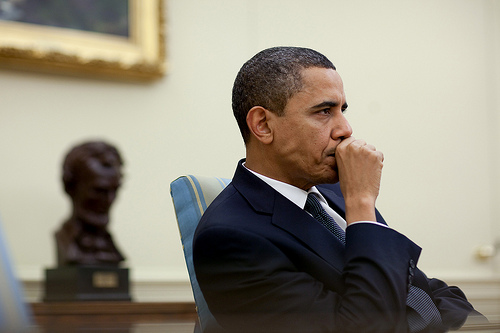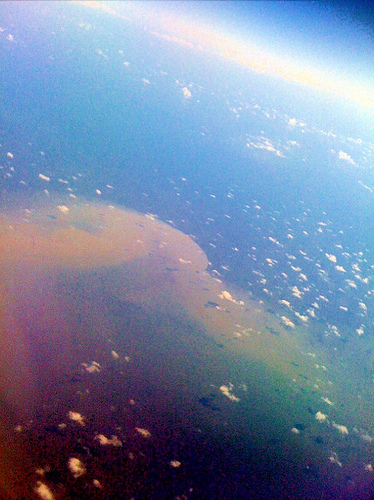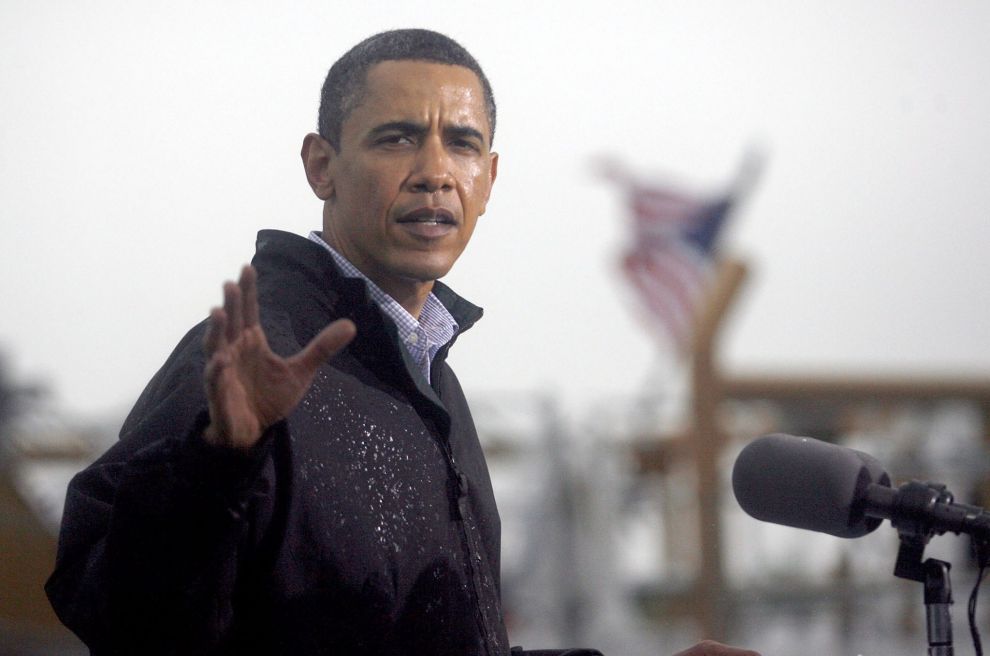The government may still be low-balling the size of the Gulf oil disaster. And according to documents obtained by the Center for Public Integrity from congressional investigators, the government may have been well aware of how bad it was long before admitting it publicly.
According to Coast Guard logs, within a day of the explosion, officials knew that at least 8,000 barrels of oil per day were leaking from the well. By April 23, the Coast Guard logs noted that the spill could actually reach 64,000 to 110,000 barrels per day should a full blowout occur. Officials also knew that the blowout preventer, which was supposed to stop the well in case of an accident, was not functioning.
The Center notes that President Obama’s top aides advised him that the blowout had the potential to be much larger than the Exxon Valdez within three days of the blast, but that the White House timeline of events following the explosion omits these details about the spill estimates. For more than a week after the spill, BP was telling the public that just 1,000 barrels of oil was leaking each day. On April 29, the National Oceanic and Atmospheric Administration gave a revised figure of 5,000 barrels per day. It wasn’t until May 27 (and after considerable public pressure) that the government-assembled flow rate team released a preliminary finding raising the estimate to 12,000 to 19,000 barrels per day. Even that looks like a low-end estimate.
If you appreciate our BP coverage, please consider making a tax-deductible donation.












